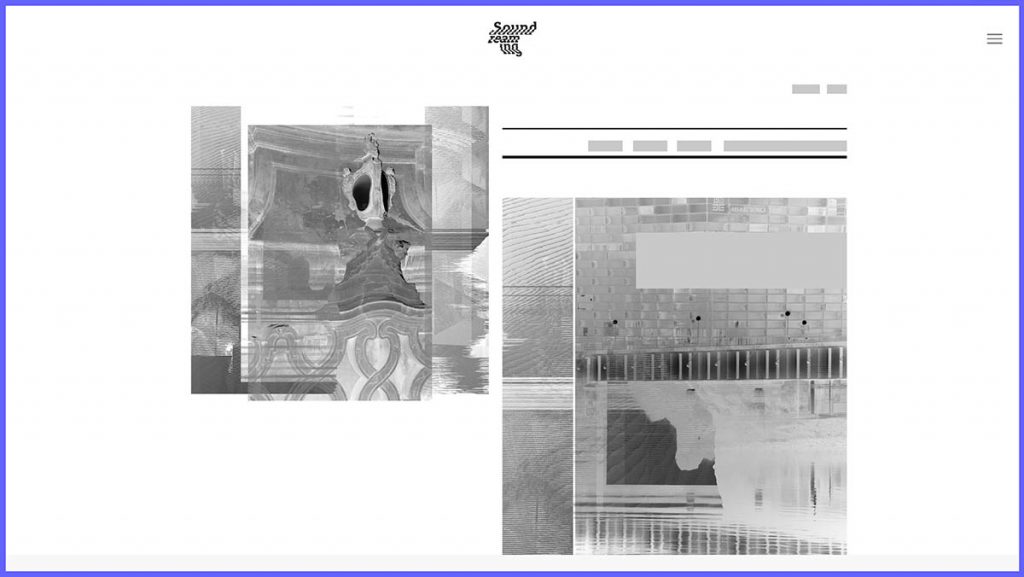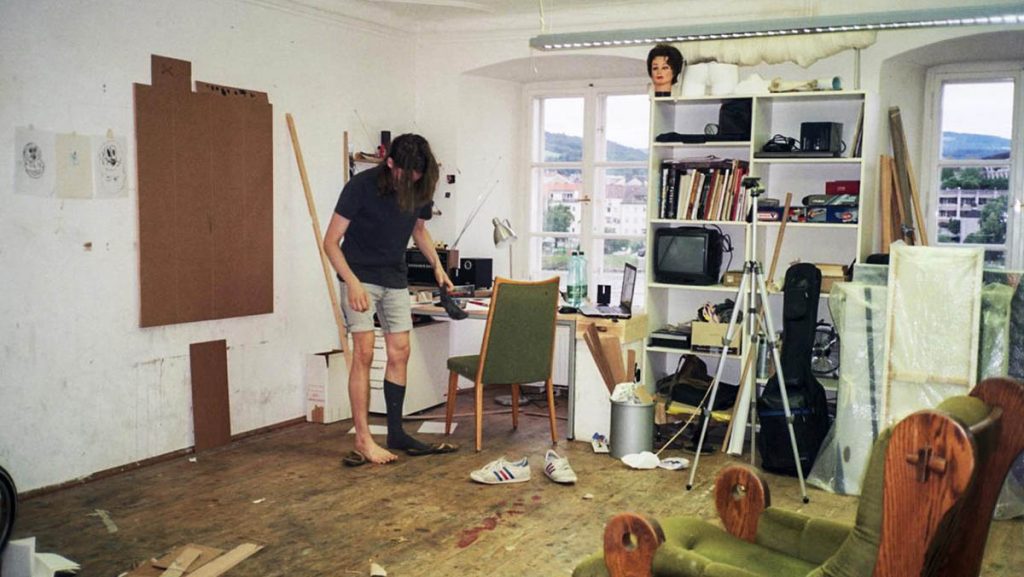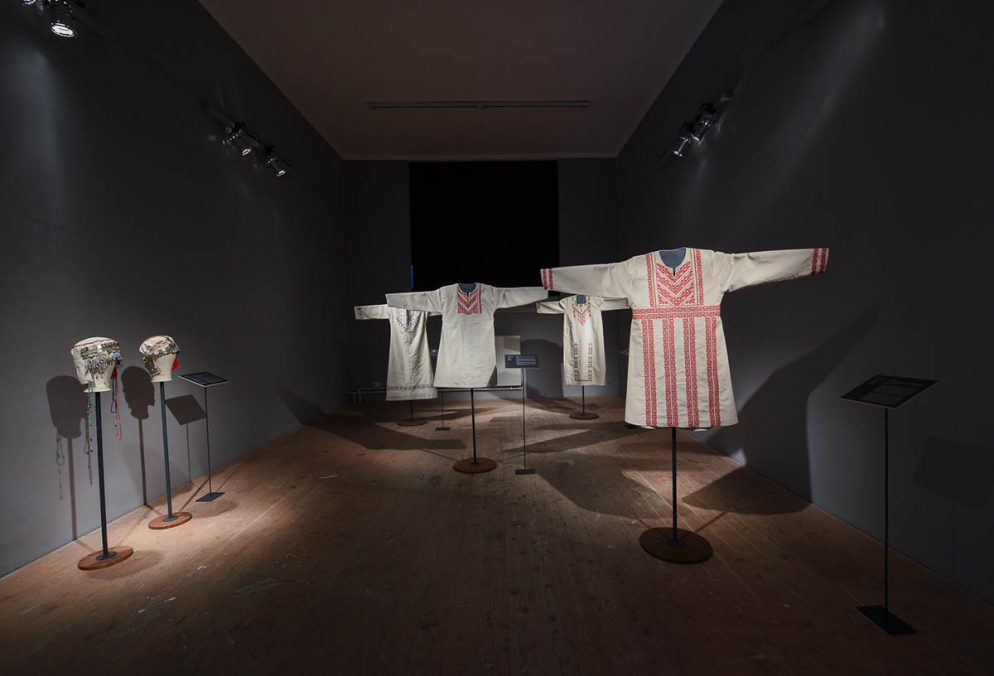
She received her diploma of fine arts at the Akademie der bildenden Künste Wien (Textual Sculpture, Prof. Heimo Zobernig) in 2020, and she is currently pursuing her PhD in Philosophy at the same academy.
What influences your work?
My work is influenced by the different places I lived in, and the great people I got to meet, learn from, or work with along the way. After the Syrian revolution I left my hometown Damascus and lived in Beirut, Paris and Vienna. These 3 cities have very specific art (making) traditions, challenges, and problems which interested me. I saw many exhibitions in Paris for example, but I remember seeing one of my favorite artists‘ exhibition at Centre Pompidou, Mona Hatoum ’s retrospective in Summer 2015. This was a very exciting moment for me, a moment which definitely enriched my practice and how I think of political art work and the aesthetics of politics. Back then I went often to the Louvre museum and I was very enraged seeing the stolen objects from the global south, that anger turned to a fuel that pushes me to work on a counter-narrative today. My work is also influenced by the many theater pieces I saw when I was studying in Damascus and Beirut.
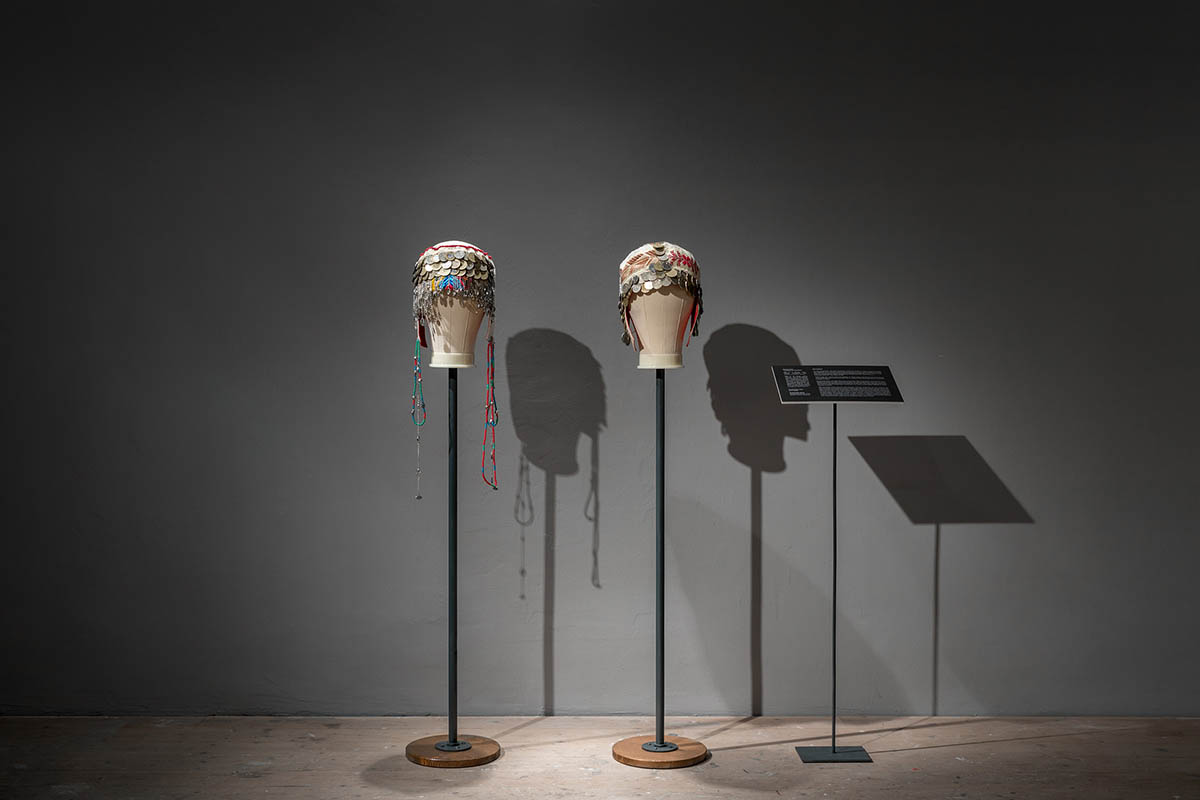
I still think of theater and theater theory when I build my installations. The question of spectator is very present in my work like it is present in contemporary theater. Finally, reading the works of feminist writers like Sara Ahmed and Audre Lorde had a big influence on my work and everyday life.
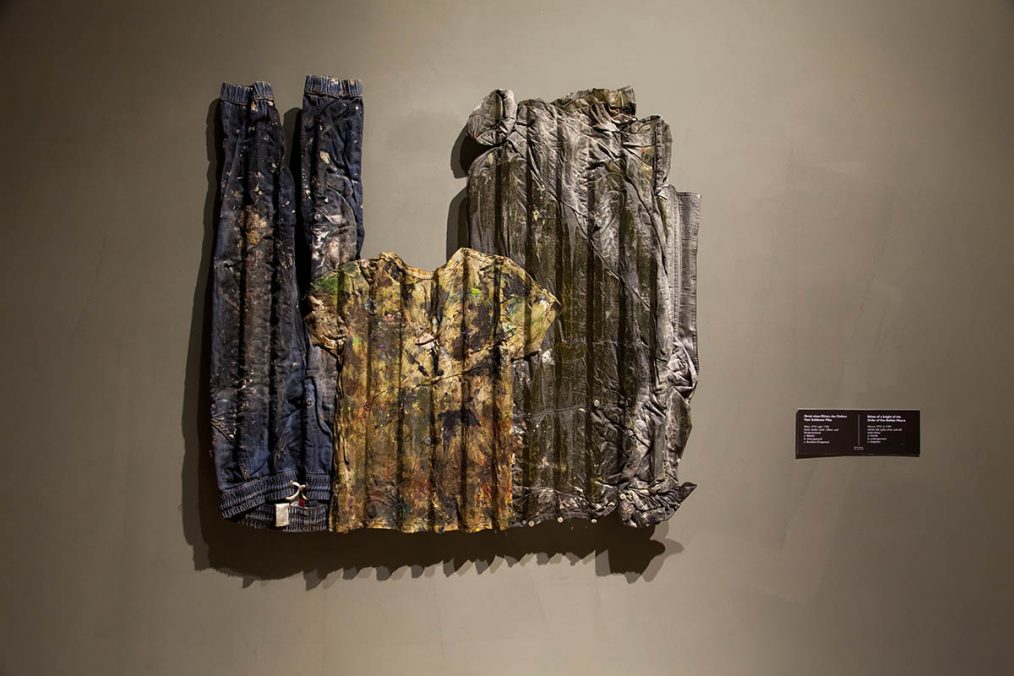
What topics are you interested in?
I work around subjugated heritage, counter-memory, counter-history, labor and alienation. From a post-colonial feminist perspective. I am interested in questioning the overly familiar aesthetics of museums as „heterotopias“ and „learning“ sites. With the intention of doing so, I developed a specific way of creating my work through many different layers. Such as research, field-work, and learning -to unlearn- as a decolonial practice. Growing up in a (half) Palestinian highly politicized family, I was very interested in Storytelling which is essential for indigenous peoples; as a way of conveying knowledge from one from generation to another and to counter the colonizer’s narrative. In the case of the Palestinian community in diaspora, the form storytelling which survived and it is very present today is teaching embroidery through storytelling, so I decided to learn it. Learning this language opened up a lot of new possibilities and counter-archives, and I am currently very interested in this learning process.
How would you describe yourself to someone who did not know you?
A curious person who likes to question overly familiar situations and structures. A loud feminist ‚kill Joy‘, an Anarcho-communist community person who loves to have long conversations with stranger and lose herself in the nature. Someone who finds home in friendships.
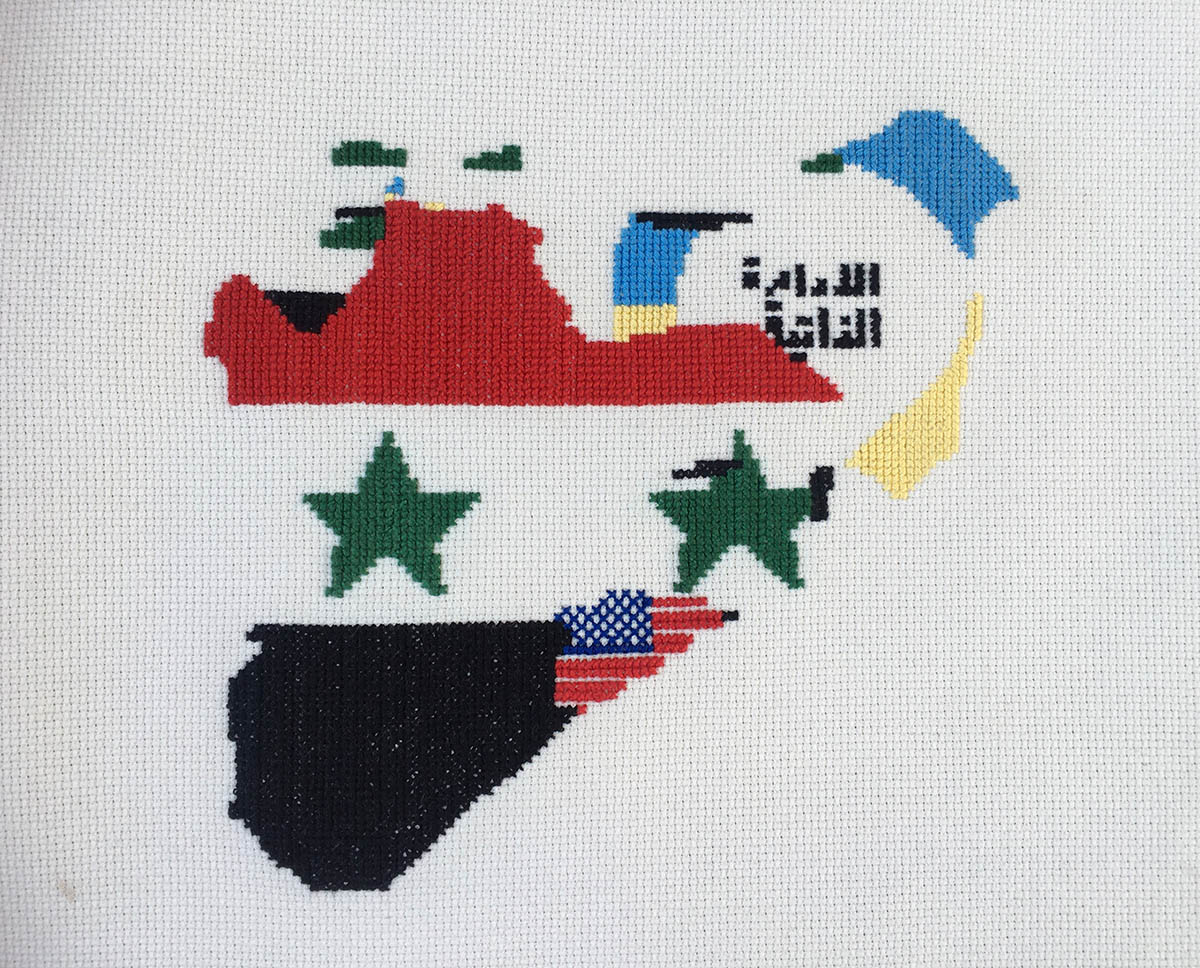
What product would you like to redesign?
Shoes! I would do genderless shoes for all. Being a tall woman, who loves to cycle and walk for hours. I struggle to find comfortable shoes which are affordable and not too wide- since I prefer shoes which are designed for ‚men‘-. Shoes or clothes in general should not have gender…
Since when have you been in Vienna? What do you appreciate about the city?
Since 6 years. Vienna is a calm city and I appreciate its calmness. It is a place where I can focus and be productive, especially since I travel a lot to much faster and louder cities like Beirut or Paris. I also like the community of artists I met in the last years in Vienna, who share with me the same geopolitical context or struggles, they keep me grounded. Cities for me are inseparable from the people who inhabit them.
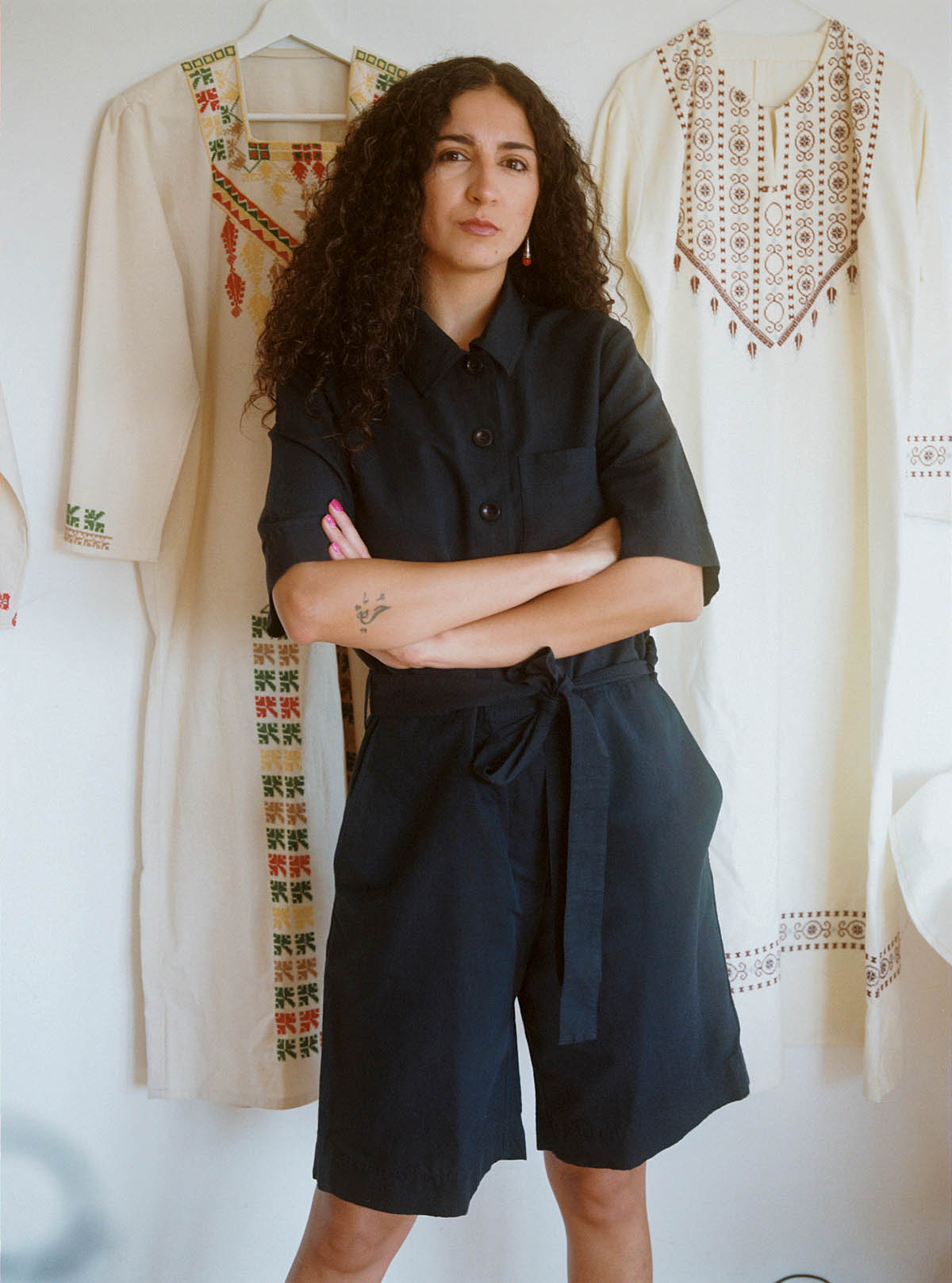
Are you working on an exhibition right now? What’s next?
Yes, I am working on the research- based project „Searching for the New Dress“ which will be exhibited in Vienna at Minuseins Offspeace, from the 15th of April until the 15th of May 2022. The project looks at Palestinian embroidery in Shatila, a Palestinian camp in Lebanon. It explores how embroidery is influenced by the migration of Syrian Palestinian and Syrian women who took refuge there after the revolution and the war in Syria.
Nour Shantout – www.nourshantout.com



